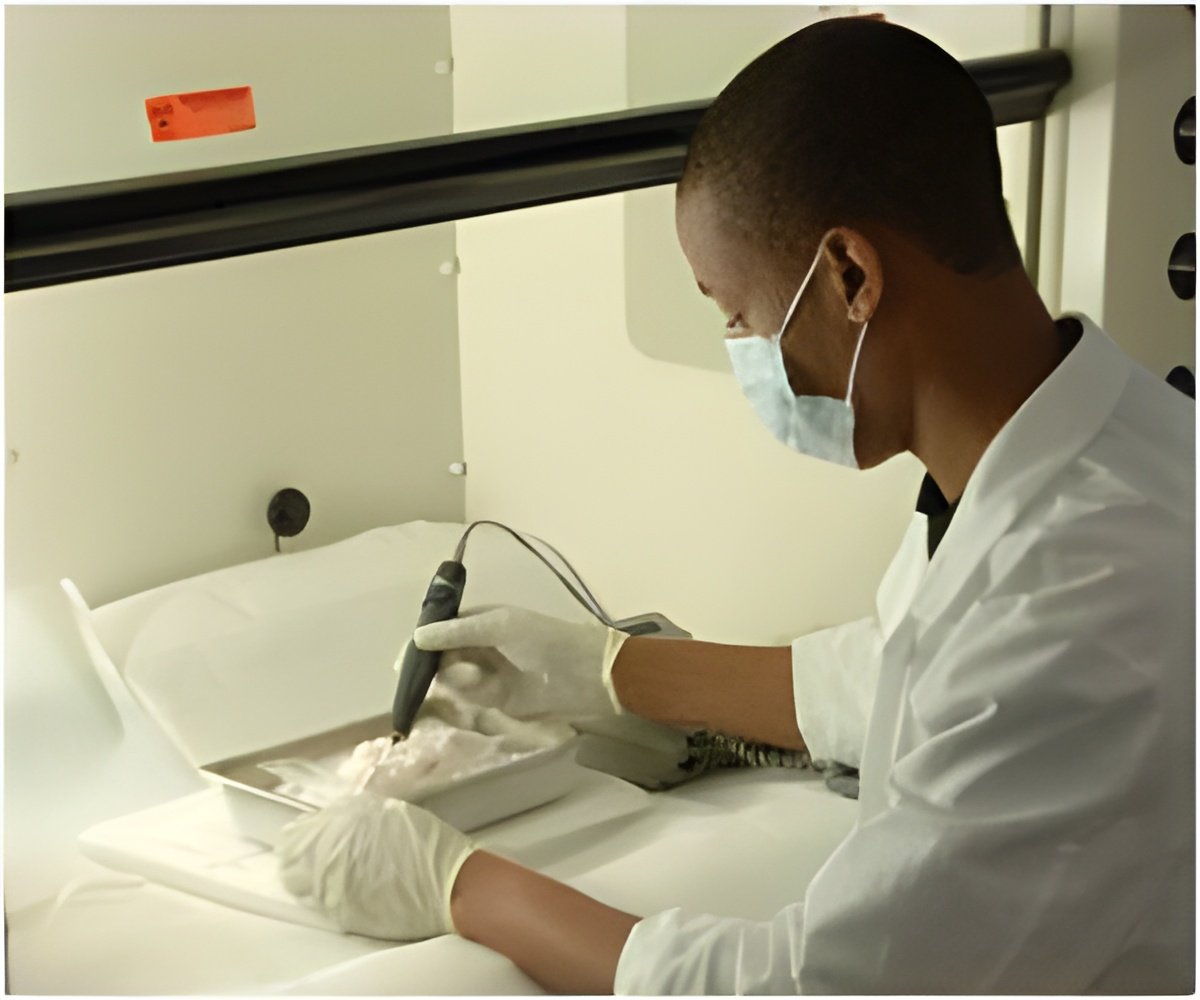On how the hominid Australopithecus sediba (Au. sediba) walked, chewed, and moved nearly two million years ago, a team of scientists has shed light.

Together, the studies offer a comprehensive depiction of some of the most complete early human ancestral remains ever discovered.
Since its discovery in August 2008, the site of Malapa-located about 30 miles northwest of Johannesburg-has yielded more than 220 bones of early hominins representing more than five individuals, including the remains of babies, juveniles, and adults.
The new evidence is based on two individuals from the site. The fossils from the site date to 1.977 to 1.98 million years in age.
"The abundance and remarkable preservation of fossils from Malapa provide unique insights into the way this fascinating extinct species interacted with and moved around in its environment," said New York University anthropologist Scott Williams.
Williams, part of NYU's Center for the Study of Human Origins, and his colleagues authored a paper describing Au. sediba's vertebral column. The work is the first to analyze elements of the cervical, thoracic, lumbar, and sacral regions of the vertebral column in Au. sediba. Their analysis was based on partially complete spines of the two Au. sediba skeletons.
"They probably walked in a way that we might find strange-a 'compromise' form of bipedalism indicative of a hominin that still partially relied on climbing trees," Williams explained.
Williams added that the bony spine of Au. sediba likely had the same number of vertebrae as that of modern humans
However, he noted that it differed in one primary aspect of its configuration-the transition in inter-vertebral articular facets occurred at a higher level of the spine that than normally occurs in modern humans.
In combination with other features, a functionally longer lower back would have allowed for a more flexible spine in Au. sediba relative to that of modern humans, he said
In addition, morphological indicators of strong lumbar curvature suggest that Au. sediba evolved in this regard relative to Au. africanus, which lived between 3.03 and 2.04 million years ago, and closer to the more recent Nariokotome Homo erectus skeleton-to date, the most complete early human skeleton discovered.
The research was conducted at the Evolutionary Studies Institute (ESI) at the University of the Witwatersrand (Wits) in South Africa, where Au. sebida's remains were discovered in 2008.
Overall, the fossils provide an "unprecedented insight into the anatomy and phylogenetic position of an early human ancestor," observed Professor Lee Berger, the project leader from the Wits Evolutionary Studies Institute.
Their research appears in six papers in the latest issue of the journal Science.
Source-ANI
 MEDINDIA
MEDINDIA




 Email
Email




